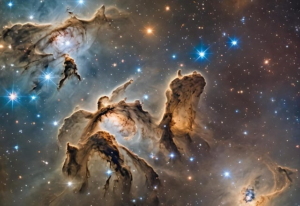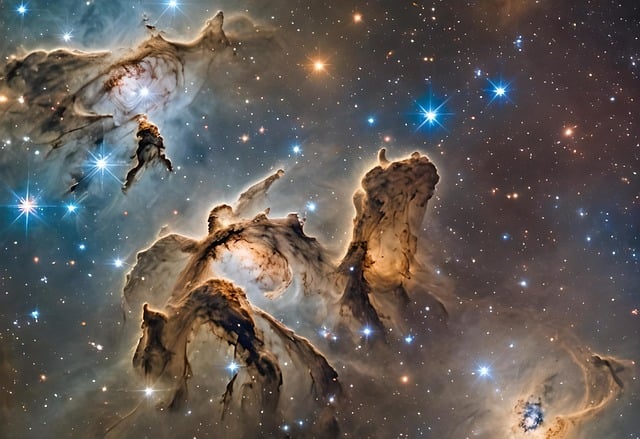Paleontology experts have recently discovered full skeletons of a massive prehistoric shark, leading to groundbreaking new knowledge about the species.
In the past ten years, fossils from Ptychodus have been found in small quarries in northeastern Mexico. Ptychodus was a sea creature that lived between 105 million and 75 million years ago.
Ptychodus fossils had been discovered previously, but due to the fact that their bones were composed of cartilage, which does not fossilize easily, most of the findings were isolated large and unique teeth.
This made it challenging to determine the exact appearance of Ptychodus and its position on the evolutionary tree.
Dr. Romain Vullo, the lead researcher from the University of Rennes, expressed that the overall look of this object has been a puzzle due to the limited amount of available material over the past two hundred years.
The mystery surrounding the body shape and anatomy of the extinct shark has been solved with the discovery of new specimens from Vallecillo.
According to Professor Michael I Coates from the University of Chicago, who did not take part in the research, he mentioned that the newly discovered fossils were excellent.
“Ptychodus has historically been a well-known case of teeth without a corresponding body,” he explained. “But now we have found it and conducted detailed research on its position in the shark evolutionary tree and its role in late Cretaceous marine environments.”
In a publication by the journal Proceedings of the Royal Society B, Vullo and their team discuss their examination of six Ptychodus fossils that are approximately 93 million years old.
One of the fossils discovered was a well-preserved specimen of Ptychodus, showing a side view that included almost all of its bones, teeth, some muscle remnants, and a clear outline of its body with all its fins intact.
Three more of the samples were nearly whole, with one being a young specimen that was just over 56cm long. The other two samples were not complete and only consisted of parts of a skeleton.
The researchers were able to conduct a new analysis of where Ptychodus fits on the evolutionary tree by studying the various features preserved in the specimens, such as its fin skeletal anatomy.
The findings showed that the creature in question was a type of mackerel shark, which belong to the same group as the massive extinct shark megalodon and the modern-day great white shark found in oceans.
According to the scientists, various characteristics of Ptychodus, such as its body shape, fin size and shape, and thick backbone, indicate that it was a fast swimmer. Additionally, its large pavement-like teeth provide evidence that it likely preyed on animals with shells.
Collectively, the researchers believe that the evidence indicates Ptychodus primarily hunted in the open water, targeting sea turtles and ammonites for their meals instead of assuming they primarily fed on clams found on the seafloor. This challenges previous assumptions about Ptychodus’ feeding habits.
Vullo stated that while Ptychodus was previously believed to resemble benthic sharks such as the nurse shark, it actually had a similar appearance to the porbeagle shark, which is a fast-swimming, pelagic species.
The newly discovered fossils of Ptychodus indicate that it may have been the largest shark ever to have survived on the same diet. These fossils suggest that the shark had a maximum length of about 9.7 meters, making it larger than today’s great white shark but not as big as previous estimates that proposed a length of over 10 meters.
The research study provides clues about the extinction of Ptychodus, proposing that it may have been due to competition with other animals like large aquatic reptiles that consumed the same food sources.
Patrick L Jambura, a specialist in ancient fish at the University of Vienna who collaborated with three of the authors of the study, emphasized the significance of the findings. He highlighted the alarming fact that over one-third of all current shark and ray species are at risk of extinction.
The speaker pointed out that studying Ptychodus can serve as a warning about the potential fate of large predators like the white shark if humans do not change their behavior and reconsider their impact on the ecosystem.

























